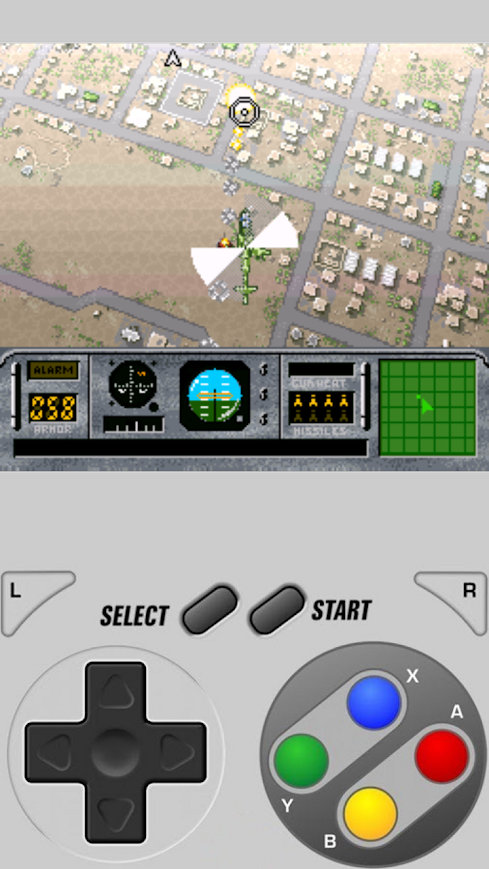


onConnected() method that belongs to the GoogleApiClient.ConnectionCallbacks interface gets invoked when connections to all the APIs are established. GoogleApiClient.ConnectionCallbacks and GoogleApiClient.OnConnectionFailedListener are implemented for addConnectionCallbacks and addOnConnectionFailedListener.

addOnConnectionFailedListener(this).build() GoogleApiClient mGoogleApiClient = new GoogleApiClient.Builder(this) GoogleAPIClient allows us to call multiple Google APIs using a single call.įollowing is an example snippet to invoke the GoogleAPIClient with two APIs : Location Services and Drive API. To use Google Play’s Location Services API we need to call GoogleAPIClient first. The method onLocationChanged is invoked if the LocationListener has been registered with the location client using the requestLocationUpdates(GoogleApiClient, LocationRequest, LocationListener) or requestLocationUpdates(GoogleApiClient, LocationRequest, LocationListener, Looper) methods. .location.LocationListener : The LocationListener interface is used for receiving notifications from the FusedLocationProviderApi when the location has changed.

The methods must be used in conjunction with a GoogleApiClient client which we’ll look into shortly.
Super sume pro 9.8.0 update#
Why hasn’t Google enhanced Android’s Location API?įrom a technical point of view, Google hasn’t improved Android’s Location API since Android has an independent update roll-out feature that lies in the hands of the smartphone manufacturer. It provides the best accuracy based on our needs. The above advantages clearly indicate why Google Location Services API(also known as FusedLocationProviderApi) is Google’s recommended way of getting a user’s location. Currently, Google provides 5 user states which are In Vehicle, On Bicycle, On Foot, Still, and Tilting, which are good enough to detect user’s activity, and to provide right content according to user’s status.Īnother feature it provides is Geofencing API that is used to notify a user entering or exiting a particular area. Furthermore, it provides new features such as user’s activity detection that wasn’t available in the Android Framework’s Location API. The Google Location Services API, part of Google Play Services, provides a more powerful, high-level framework that automates tasks such as location provider choice and power management. Need for introducing Google Play Location Services So why was there a need for introducing Google Play Location Services? Why hasn’t Google enhanced Android’s Location API? What are the advantages of Google Play Location Services over the default Android Location API? Let’s discuss these questions to get a clear idea. In the previous tutorial, we retrieved the user’s location using Android’s Location API that was available since Android’s API 1.


 0 kommentar(er)
0 kommentar(er)
